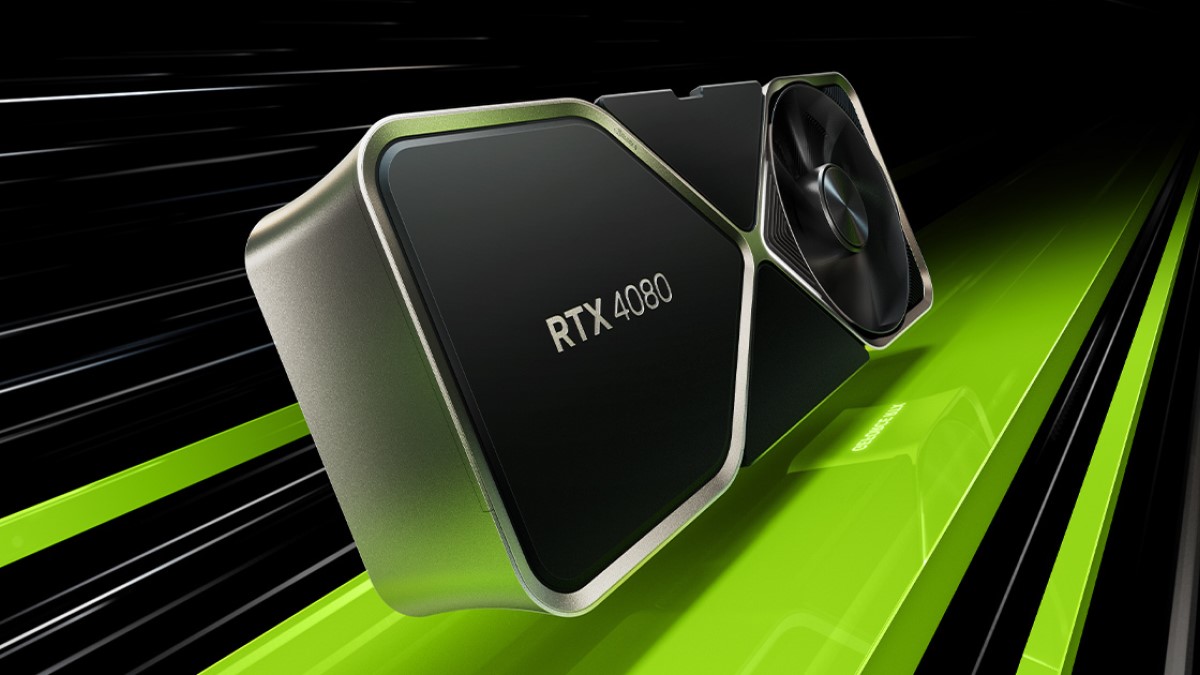

It’s no secret that Nvidia is the go-to GPU brand for many users, thanks in part to their gaming experience and reliability. However, for a non-tech-savvy user, differentiating between the GPU tiers could be difficult, as the company has changed its naming scheme in the last few years. As a result, here is everything you need to know about Nvidia’s GPU naming scheme.
Before delving into the naming scheme, it is important to note that Nvidia has three tiers of GPUs in its lineup: the RTX, GT, and the GTX, with each catering to a different demographic. However, some may wonder why the GT platform is still relevant if the last card in the lineup was released over half a decade ago.
The answer is price and demand. Nvidia GPUs, particularly the high-end ones, have gone from being in the sub-$500 segment to now reaching upwards of $1,999. This makes buying a high-end GPU improbable for someone on a budget. Additionally, the recent silicon shortage has made this situation a lot worse, with people turning towards buying refurbished GPUs.
The newest and most capable of the bunch, the RTX GPUs, are the only ones that support ray tracing, and thus the name. To put things into perspective, ray tracing is a new technology that amplifies the gaming experience by simulating how light interacts with virtual objects in a virtual world, making the game look more immersive.
Additionally, these cards also support Nvidia’s DLSS technology, which can not only upscale 1080p content to 4K but also insert AI-generated frames in between games to make it smoother.
Perhaps the most popular GPU category, the GTX series, is still the heart of many gaming setups, thanks in part to its affordability. However, it is important to note that the performance of the GTX series is worse than RTX, and they do not support ray tracing or DLSS.
The GT series, or “Giga Texel Shader,” is an entry-level GPU lineup that last saw a new release in 2017. However, even after these years, such cards have been a popular choice for entry-level setups and servers where the GPU is not of importance.
To understand the naming scheme, let’s take the example of the company’s flagship, GeForce RTX 4090Ti. In the name, the GeForce RTX acts as the suffix and informs users about the type of the card.
Coming to the numbers, the first two represent the generation of the GPU, with “40” being the newest, while the last two indicate the model. Additionally, the company also uses “Ti” in certain cards to represent a better variant within the same SKU.
However, for users wondering how to compare any two models, the answer is simple: the higher the number, the better. For example, when comparing the RTX 4080 to the RTX 4090, the latter is the better GPU with more gaming performance.
After months of anticipation, Samsung has finally unveiled the S24 series. And while the devices…
India’s rapid urbanization is perhaps the most fascinating thing, considering the country opened to the…
While Samsung's flagship series gets most of the coverage, it's the budget lineup, particularly the…